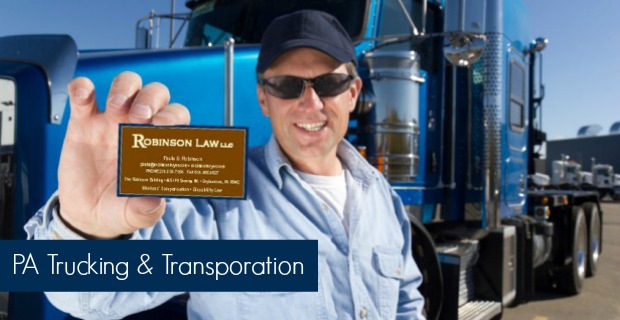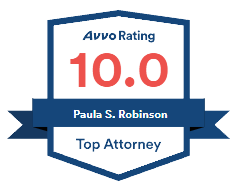The trucking industry is thriving, with more than 3.5 million people working as drivers in the United States according to www.census.gov. Every time we buy something from a store or online, chances are the product was “trucked” in from its origin. Automobiles, equipment, and fuel in many forms are just a few more examples of goods that are transported by tractor trailer.
We all know what the trucking industry is, but many people are unfamiliar with the term intermodal. According to www.businessdictionary.com, the definition of intermodal is the movement of containerized (unitized) cargo over air, land, or sea through the use of different transport modes (aircraft, truck, rail, boats, ships, barges, etc.) capable of handling containers.
In addition to the typically expected motor vehicle accidents, there are some less thought of injuries that can also occur in the trucking industry. These include bodily reaction injuries that can occur when you dislocate body parts, overstress joints, or pull muscles while trying to prevent yourself from falling after tripping or slipping. Other injuries can occur while trying to carry objects up or down stairs, or lifting at an awkward angle, throwing yourself off balance. Concussions are also a commonly overlooked injury in the trucking industry.
Another type of serious injury is being physically pinned between equipment or objects, such as the floor, a wall, supporting pole, crates, moving machinery, loading docks, or appliances. Falls from high areas on the truck cabs or trailers can also occur. Truckers are required to clean off their windows and the tops of their trailers of debris, snow, and ice. This must be done manually which requires climbing up on the truck themselves or using some type of ladder. This is dangerous – especially if the footing is slippery.
Although motor vehicle accidents are the most obvious danger factor for truck drivers, there are a number of other injuries that they can incur while on the job. At Robinson Law, we have represented claimants with these types of injuries and understand the dynamics, including prolonged treatment programs sometimes necessary for these types of injuries.









